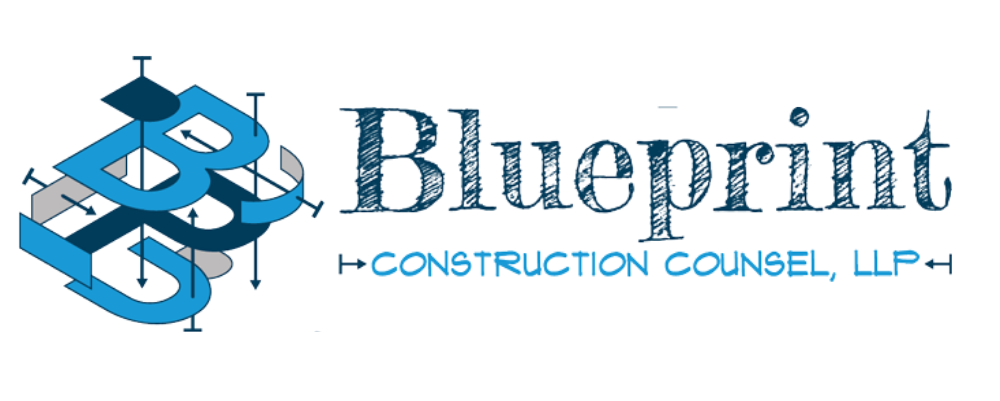Introduction: Investigations and audits in the safety context have been a part of the construction industry for many decades. More recently however, regulatory compliance investigations and audits, particularly in the government contracting sphere, have also become an increasingly regular part of our business. In the United States in particular, the past decade has seen a dramatic rise in legislation and related regulatory enforcement focused on the construction industry.
The most typical investigation and enforcement actions arise in one of three contexts: (i) health, safety, and environmental issues; (ii) contractual compliance, including small business participation and accounting/audit issues and, more rarely, (iii) allegations of criminal misconduct. Beyond complying with the applicable governmental regulations, a contractor needs to know what to expect in the event of an investigation or audit and ensure that mangers that will be dealing directly with the auditors or investigators in the field are prepared.
Even when a contractor’s internal compliance program is thorough and capable of dealing with any investigation, for the individual employee who is faced with an investigation for the first time, the experience can be stressful and unnerving. This article’s goal is to provide some simple, straightforward steps that any employee can follow in the event that an investigator unexpectedly appears on a project site and begins asking for information, interviewing employees and subcontractors, or attempts to access project documents. These steps are designed to supplement information contained in a contractor’s safety and compliance program and to act as a ready-reference in the immediate moments following the initiation of an unanticipated investigation at a project site or place of work. The majority of investigations begin with investigators contacting site personnel. Accordingly, this article focuses primarily on the responses and actions those project level managers should take following an initial contact.
